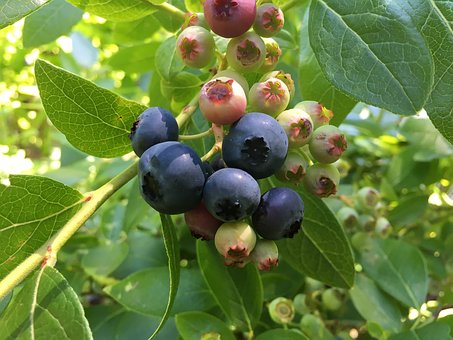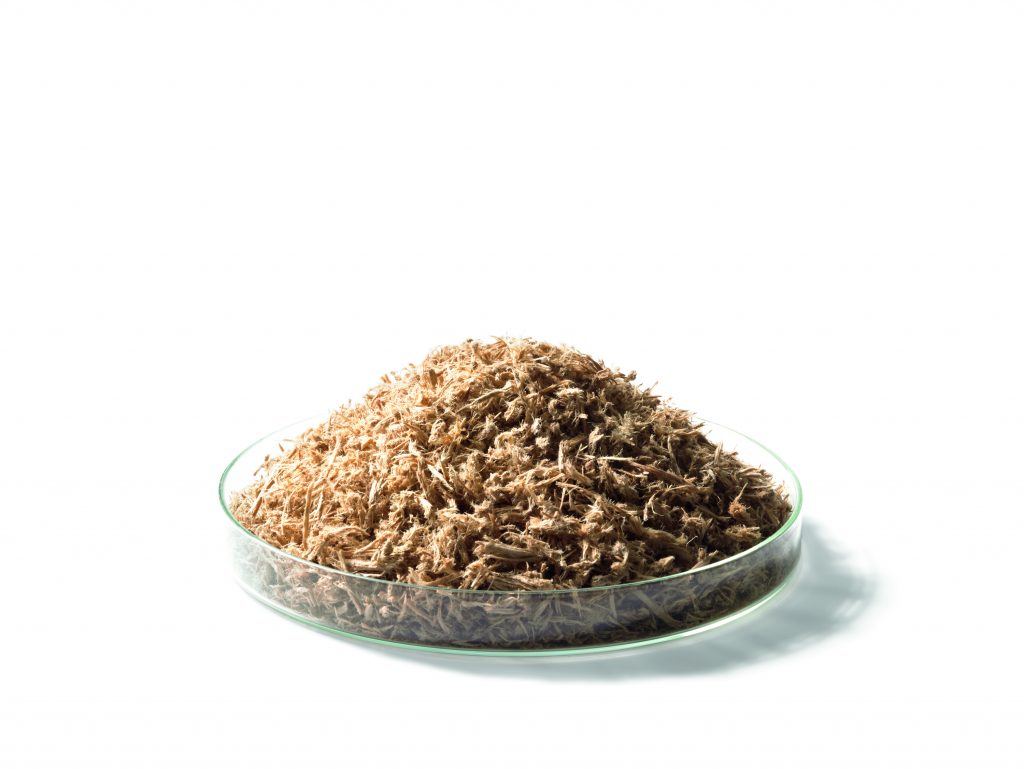Special purpose substrate for cultivating blueberries
It’s the blueberry season again. The little blue fruit that are so very healthy are now being harvested. This article provides interesting information about growing blueberries, together with some useful tips.
In recent years, blueberries have turned into a profitable special crop with growing market potential on account of constantly rising consumption rates. Blueberries are playing an increasingly significant role particularly when it comes to container cultivation systems. They are planted in greenhouses and plastic tunnels as well as field crops, with a marked increase in the use of peat-based growing media.
Major varieties of blueberries for commercial horticulture today include Vaccinium corymbosum, known as the American blueberry, together with the rabbit-eye blueberry (Vaccinium ashei) and the southern highbush blueberry (Vaccinium corymbosum x Vaccinium ashei).
Acidic forests and moorland areas are the natural habitat of blueberries. As a result, the plants make specific demands of the soil conditions:
- pH (CaCl2) of 3.8 – 4.5, with a 4-8% by weight content of organic substances
- high share of air-filled pores because blueberry plants are sensitive to water-logging
- blueberries grow in symbiosis with mycorrhizal fungi and bacteria to improve nutrient uptake; peat verifiably fosters this symbiosis
Advantages of peat in blueberry cultivation:
- peat corresponds to the natural soil conditions for blueberries
- low pH and low lime content
- extremely homogeneous water supply, high water storage capacity
- high air capacity and drainage
Special purpose substrates for various cultivation phases
- Propagation

- Growing-on – repotting in containers
The rooted cuttings are repotted from the trays or pots into 2 to 5 litre containers or plastic bags. Substrates recommended for this stage consist in a mixture of medium-textured white peat, fractions of sod-cut peat, GreenFibre wood fibres and hydrosoluble NPK fertiliser with trace elements. A later liquid fertilising strategy or the use of slow-release fertilisers is also necessary.
- Cultivation systems
New plantations are set up using tree nursery plants that are two to three years old.
Cultivation systems:
- Trench system: this traditional cultivation system consists of a trench measuring 80 to 100 centimetres in width and 40 centimetres in depth, filled with white peat or a pre-mixed peat-based substrate. Planting in the trench system is usually done in the autumn.
- Ridge system: here a layer of substrate is built up to a height of 80 centimetres on the existing topsoil. The ridges have to be watered relatively often and regularly as they tend to dry out more quickly. The advantage of the ridge system is that the substrate heats up faster, thus permitting an earlier harvest.
- Container cultivation: this is a purely substrate-based cultivation system. 25‑litre containers can be used for cultivation in the greenhouse. Containers used for crops grown in the field have a volume of 80 to 100 litres.
- Composition of suitable growing media

Peat-based substrates with a coarse texture are usually chosen for cultivating blueberries in container systems. Here again it is advisable to opt for a substrate with a 25% share by volume of GreenFibre. The wood fibres optimise drainage and foster symbiosis with mycorrhizal fungi.
Which substrate?
We recommend the following substrates when cultivating blueberries:
Propagation
- Lithuanian Peat Moss fine, recipe no. 930
- TS 1 medium “Blueberry Propagation”, recipe no. 382
Growing-on in containers and plantations
- Lithuanian Peat Moss coarse, recipe no. 932
- TS 4 medium “Blueberries”, recipe no. 383
- Container substrate 2 coarse “Blueberries”, recipe no. 389
- TS 4 coarse “Blueberries” + GreenFibre, recipe no. 385
- TS 4 coarse “Blueberries” with perlite + GreenFibre, recipe no. 391
Fertilisation of container crops
A regular later liquid fertilising strategy is normal for container crops. A low concentration of hydrosoluble NPK fertiliser with main and trace nutrients is given at regular intervals throughout the whole vegetation period. In addition, basic fertilisation with slow-release fertilisers such as Osmocote or Basacote warrant an optimum supply of nutrients even when it rains heavily. Later fertilisation as top dressing is also possible in the spring. In this case, 30 grams of slow-release fertiliser per plant – lasting for a period of 5 to 6 months – are applied to the substrate surface.